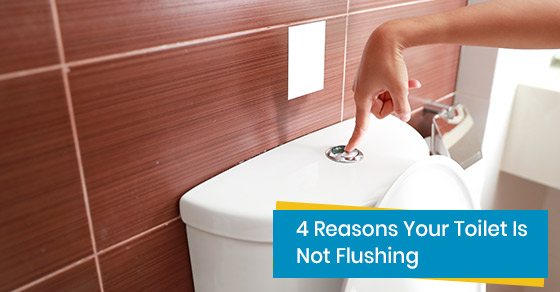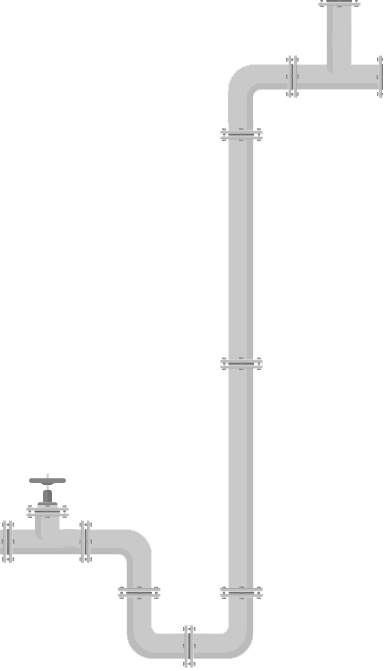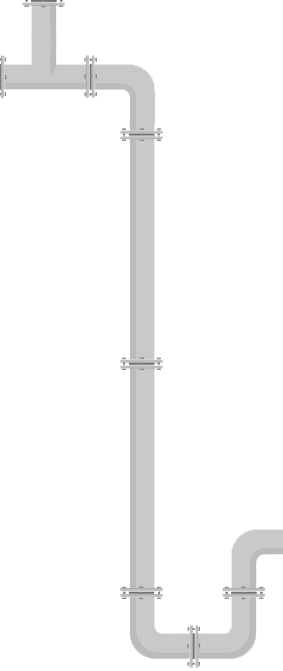4 Reasons Your Toilet Is Not Flushing
Posted by Jason Genah on 19-10-2020

Your toilet is a unique plumbing fixture that you have to use when it’s time. So, if it stops working for any reason, it can lead to quite the havoc in your home. A situation where your toilet either doesn’t flush at all or flushes partially can be problematic for your household. Like any other system in your home, your toilet is prone to several problems that can disrupt its normal function. Although most toilet problems can be easily diagnosed by simply raising the tank cover to inspect the flush mechanism, sometimes you may not be able to detect the problem or even repair it yourself. In such a case, you should contact a professional plumber as soon as possible for emergency plumbing repairs in Toronto and the GTA.
A toilet with a weak or brief flush, or one that doesn’t flush any water at all, is a common plumbing issue that is likely to happen at some point. Even if you can’t fix it yourself, it may still help if you can detect the origin of the problem and find a short-term solution before the plumber arrives. Here are the 4 most common reasons why your toilet is not flushing:
1. Tank doesn’t fill to the proper water level
When you flush your toilet, it needs to release enough water into the bowl to generate the necessary suction force to complete the flush. If there isn’t enough water in the tank, though, then the result is a weak flush that doesn’t get the job done completely or doesn’t even initiate the flush at all.
Manufacturers typically leave a mark inside the cistern to indicate the standard water level for a complete flush. Unless you have adjusted the setting yourself to increase or reduce the amount of water consumed per flush, this should translate to about 6 or more litres of water depending on your specific unit. Simply open the top of the tank and check whether the water fills to the right level after flushing. If you can’t spot the level mark, it should be alright if the water rises to about 1 inch under the tank’s overflow tube.
If the water doesn’t rise to the mark, you can adjust it yourself by moving a clip in the intake assembly or bending the float, so it doesn’t shut off the water too soon. If you can’t figure out the mechanism, please call a professional plumber to assist with the adjustments and make any other necessary repairs.
2. Worn flapper or damaged lift chain
A flapper is a cup-shaped rubber component positioned at the bottom of your cistern to cover the drain connecting the tank to the bowl. When you flush the toilet, the flapper is lifted so water can enter the bowl, and then closes afterwards to fill the tank again. This motion is made possible by connecting the handle and the flapper via a lift chain. As such, the chain influences how high the flapper rises when you flush, as well as how long the drain stays open.
In the event that the flapper gets loose, worn out, or damaged, it won’t be able to properly contain the water in the tank, causing it to leak continuously into the bowl. This may drain the water in your tank and prevent it from reaching the optimal level, resulting in a weak flush. Alternatively, if the chain is too slack or detaches from the flapper, it may not open the flapper properly, preventing your flush from working.
Fortunately, this problem can be easily fixed by adjusting the chain (if it’s loose) or replacing the flapper and chain assembly. These replacement components are inexpensive but should be properly installed by a professional plumber to ensure a good fit that won’t allow water to keep leaking into the bowl. Moreover, the chain should be appropriately tightened to allow an easy flush without the risk of pulling on the flapper too aggressively until it gets loose, or with inadequate force such that it closes too soon before you get a complete flush.
3. Clogged toilet
Most cases of a weak flush occur when waste forms “partial” clogs in the toilet pipes over time, such that they don’t completely stop the flow of water, but have built up enough to slow it down. The waste and debris create an obstacle that prevents your flush from moving past it. In severe cases, flushing your toilet may cause the water to overflow in your bowl when it flows back through the drain after flushing.
Just like plunging can help unblock clogged sinks, you can try to do the same with your clogged toilet. Plunge using a flange plunger for about 15 seconds, and then flush the toilet again to observe whether there’s any improvement. You can repeat the process 2–3 times if necessary. This may not work if the clog is deeper in the drain pipes and closer to the sewer line. You can also try to remove the clog by quickly pouring a full bucket of water into the bowl. If both attempts don’t resolve the problem, you should contact a professional plumber for assistance.
4. Clogged bowl inlet holes
If you have hard water, it may clog the inlet holes, resulting in a weak flush. Hard water contains a large amount of minerals such as magnesium and calcium, as well as limescale, rust, and rim feet, which may deposit over time inside the inlet holes around the top rim of the toilet bowl that deliver the water. This typically happens with old toilets, reducing the amount of water entering the bowl when you flush. Ultimately, you’re forced to flush multiple times to completely clear out the waste. If you don’t fix the problem, the toilet may stop flushing altogether. In such a case, you should contact a professional plumber to clean and unclog the rim and jet holes.
Final Note
If your toilet is not flushing, you don’t necessarily have to go through the hassle of figuring out the root of the problem because you will still likely have to seek professional plumbing repairs. No matter the problem with your toilet, though, get in touch with professional plumbers for timely repairs.
If you suspect there is serious damage in your household plumbing, including the toilet system, call Drain King Plumbers for plumbing repairs in Toronto and the GTA at 833-983-5301 or contact us at our website.




